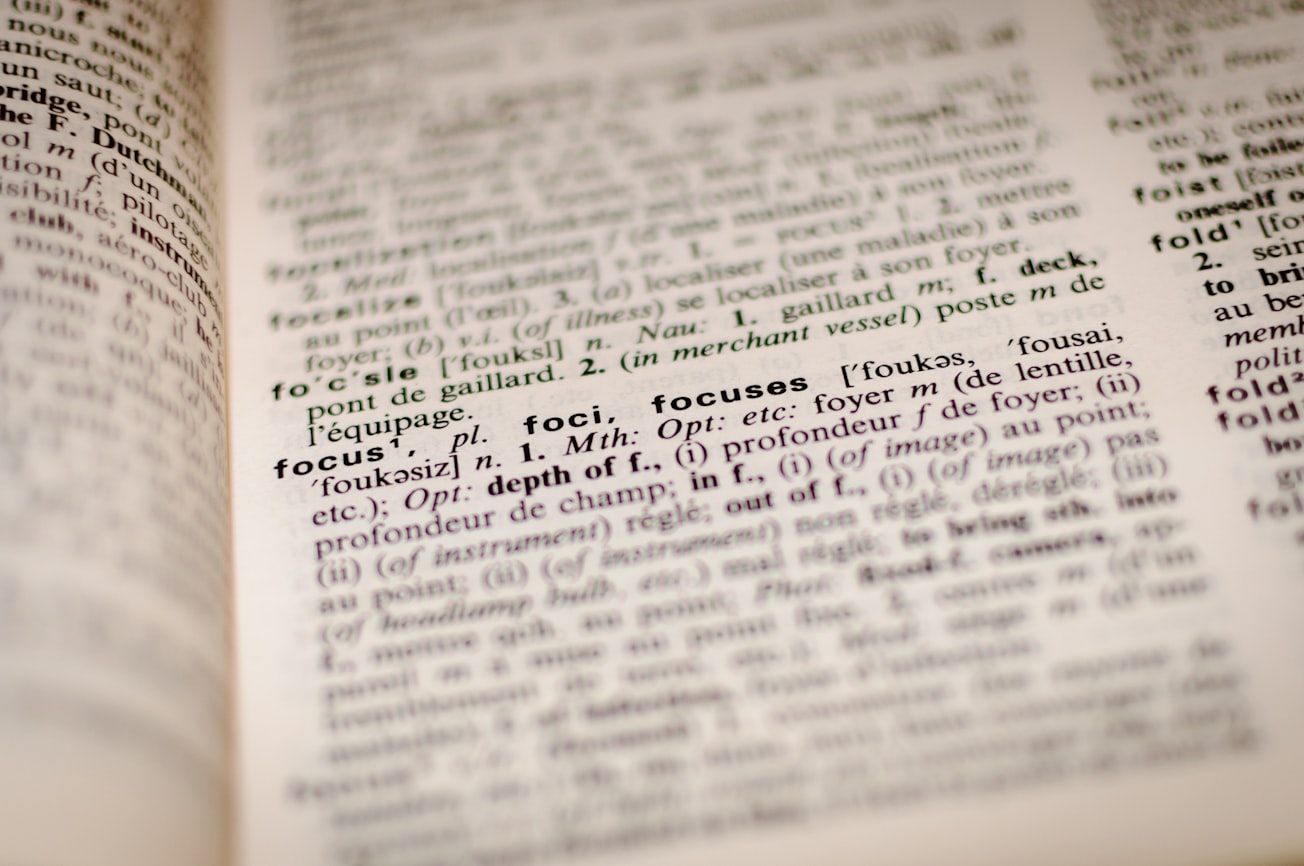What is it about?
This study investigated how people read words that appear a bit "fuzzy" in their peripheral vision. Words were made fuzzy by adding a small amount of visual noise. We found that readers can easily see the fuzzy text in the corner of their eye and that this leads to a slightly longer inspection times for such words. We also found that readers can reliably pick out when such fuzzy text is presented, as compared to when more subtle word changes are introduced (such as changing letters).
Featured Image

Photo by Romain Vignes on Unsplash
Why is it important?
This study shows that presenting fuzzy text in peripheral vision comes at the cost that this type of manipulation is easily noticeable. This has important implications for studies investigating what types of information readers can perceive in peripheral vision.
Read the Original
This page is a summary of: What are the costs of degraded parafoveal previews during silent reading?, Journal of Experimental Psychology Learning Memory and Cognition, March 2018, American Psychological Association (APA),
DOI: 10.1037/xlm0000433.
You can read the full text:
Resources
Contributors
The following have contributed to this page










